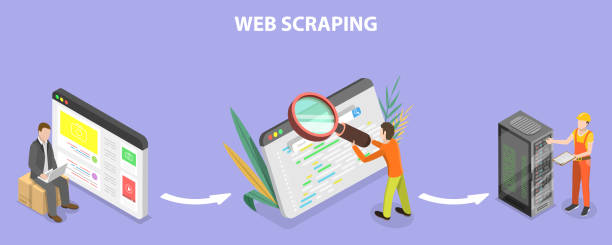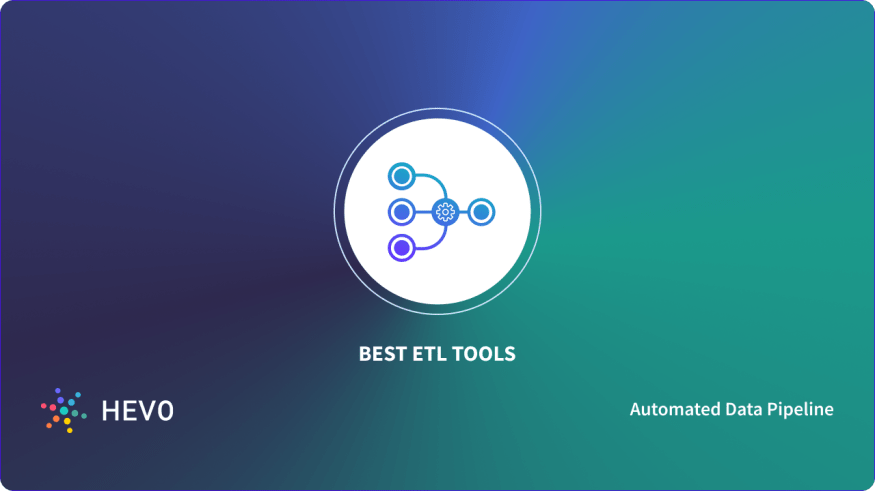Best Practices for Remote Device Management in Broadband Networks

Strong 8k brings an ultra-HD IPTV experience to your living room and your pocket.
In today’s fast-paced digital world, remote device management in broadband networks has become a critical component for telecom companies, ISPs, and IT administrators. With the surge in connected devices and the demand for uninterrupted connectivity, managing broadband devices remotely is no longer optional—it’s essential. But doing it effectively requires strategy, the right tools, and adherence to best practices. In this article, we’ll dive into the best ways to streamline remote device network management, reduce downtime, and enhance customer satisfaction.
Understanding the Importance of Remote Device Management
The importance of managing devices remotely in broadband networks requires a brief explanation before we examine best practices. The broadband service provider sector handles different types of customer premises equipment (CPE) that includes modems, routers and gateways as well as other devices. The process of manual device management is both labor intensive and inclined to human errors. The implementation becomes possible through remote management systems. Broadband network administrators can configure and monitor as well as troubleshoot and update devices enabled through a single central point. The implementation of remote device monitoring technology enables both reduced field maintenance requirements and decreased operational expenses while delivering perfect user experience to clients. The correct implementation helps providers protect their networks better while discovering useful information about network operation and customer actions.
1. Use Standardized Protocols Like TR-069 and TR-369
Organizations rely on industry-standard protocols as one of the most dependable methods of remote device network management. TR-069 (CWMP) represents a remote device protocol which functions inside broadband spaces while TR-369 (USP) follows as the latest update of this standard. Devices operating under these standards obtain the capability to connect to central systems for remote diagnostics as well as firmware updates and performance reports. Industry-standard protocols offer providers the advantage of vendor compatibility and arise as a solution to network infrastructure longevity.
2. Implement a Scalable Management Platform
Scalability becomes a must as broadband networks continue to expand. This involves making use of a centralized and scalable remote device management platform which will prevent your operations from going haywire as your user base grows. Automated provisioning, real time monitoring and role based access should be made available on these platforms so that smooth workflow can be ensured and tighten control over the devices. Try to search solutions that will work with your existing OSS/BSS systems and offer analytics dashboards to monitor the device performance at scale.
3. Prioritize Security at Every Level
Security is non-negotiable in remote device network management. Each connected device represents a potential entry point for cyber threats. Providers must ensure all remote communication is encrypted, authenticated, and compliant with data protection regulations.
Implement VPN tunnels, enforce password policies, and regularly update firmware to patch vulnerabilities. Also, restrict access to management interfaces using firewalls, ACLs (Access Control Lists), and role-based user permissions.
4. Automate Routine Tasks
Remote device monitoring receives a revolutionary transformation from automated processes. Automation reduces human labor by performing checks of each device and eliminating one-by-one update distribution through its ability to execute:
• Remote firmware upgrades
• Configuration backups
• Fault detection and alerts
• Performance tuning
The process saves time between operations while enhancing consistency and reducing possible human mistakes. Repetitive tasks should be automated using triggers and scripts that run without human involvement.
5. Monitor Performance Proactively
It is unwise to depend on customers to notify you about system problems. Remote device monitoring systems identify emerging problems in devices before major complications arise. Tools for monitoring will track network bandwidth and connection speeds as well as hardware functioning time and link power levels combined with error data. Set threshold alerts to detect problems while maintaining logging systems for trend examination. The fast response capability enables preventive intervention to stop massive outages which strengthens customer trust.
6. Maintain a Regular Maintenance Schedule
All devices with the best management practices require periodic checkups. A preventive maintenance schedule should include configuration inspections and log deletion and firmware update and diagnostic testing. Through proper maintenance strategies devices receive extended operational lifespan together with minimized unexpected malfunctions. Create records about your maintenance procedures while using configuration control systems to follow version updates throughout time.
7. Offer Customer Self-Service Options
Support teams receive relief when users gain access to self-service applications. Create simple applications and web interfaces which allow customers to access device monitoring and run simple diagnostic checks as well as perform equipment restarts. The approach decreases customer phone requests and better serves clients without compromising your device control since you maintain centralized management in one location.
8. Train Your Teams and Stay Updated
Technology evolves rapidly. Your teams need to stay updated with all new tools together with security standards and protocols. The organization should dedicate funds to periodic training sessions along with certification-based courses and remote device network handling workshops. Remote device monitoring will experience significant changes because of AI diagnostic systems coupled with machine learning anomaly detection capabilities.
Conclusion
Electronic device administration through broadband networks serves basic needs for both operational excellence and protective measures and business survival. The combination of standardized protocols with proactive monitoring supported by automation enables you to create a broadband infrastructure with higher resilience and responsiveness. The increase of connected devices creates correspondingly higher management complexity. Your organization will be prepared to provide reliable high-quality service to customers when you implement appropriate methods and equipment.
Note: IndiBlogHub features both user-submitted and editorial content. We do not verify third-party contributions. Read our Disclaimer and Privacy Policyfor details.







